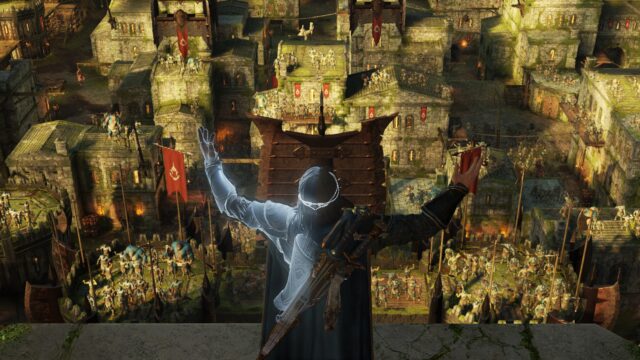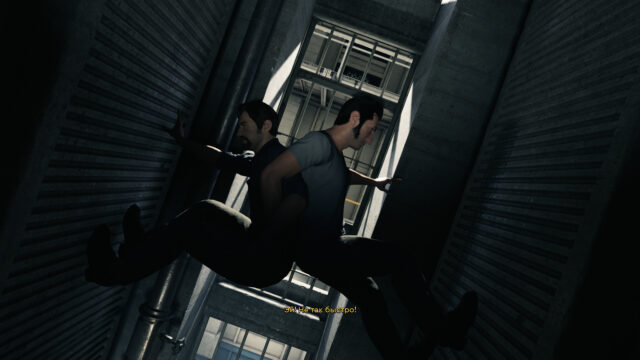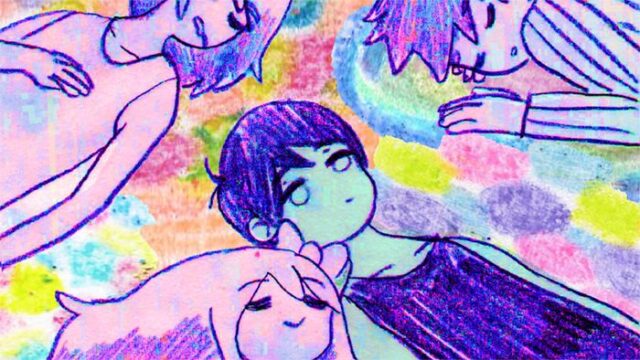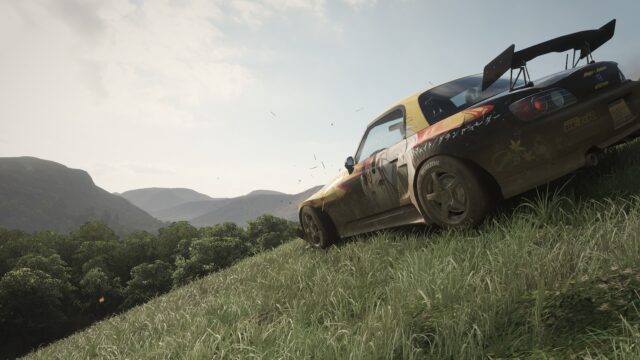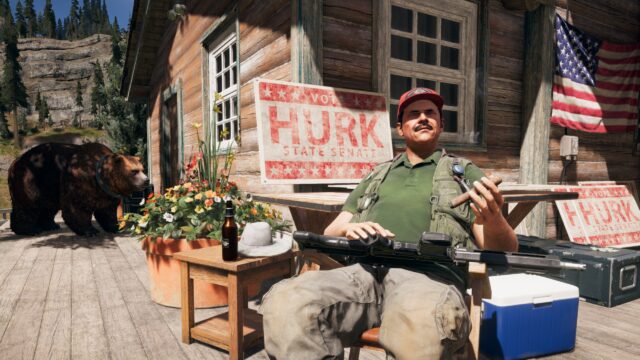Hokko Life Review: Street Lamp Thief Simulator

Video games teach us: it is dangerous to sleep on a train. You can miss your station and wake up, yawning, not in Silent Hill, but definitely in a place where trains haven’t run for half a century, at a tiny station, on a rainy night, with no idea what will happen next. Usually, horrors begin like this. And sometimes, even farming simulators. For example, the recently released early access game Hokko Life. Our newly created hero (or heroine), dozing off on a journey from nowhere to nowhere, finds themselves in a small strange town, where there is nothing but a couple of houses and an impenetrable forest all around.

The city, however, is populated by quite cute and friendly anthropomorphic animals, and the hero immediately finds a place for himself in the storage room, they put him to work – planting one thing, bringing another, fixing and patching up another, and of course, there is no thought of “leaving” anymore – after all, they give us our own house! And the city is growing! And new little animals appear! The main thing is not to forget in the morning to plant ten blue flowers for paint crafting, catch fish, collect seashells that appear daily on the beach, chase butterflies with a net…
Do you recognize the melody with just two notes and without the help of Shazam? That’s right, it’s the music from Animal Crossing.
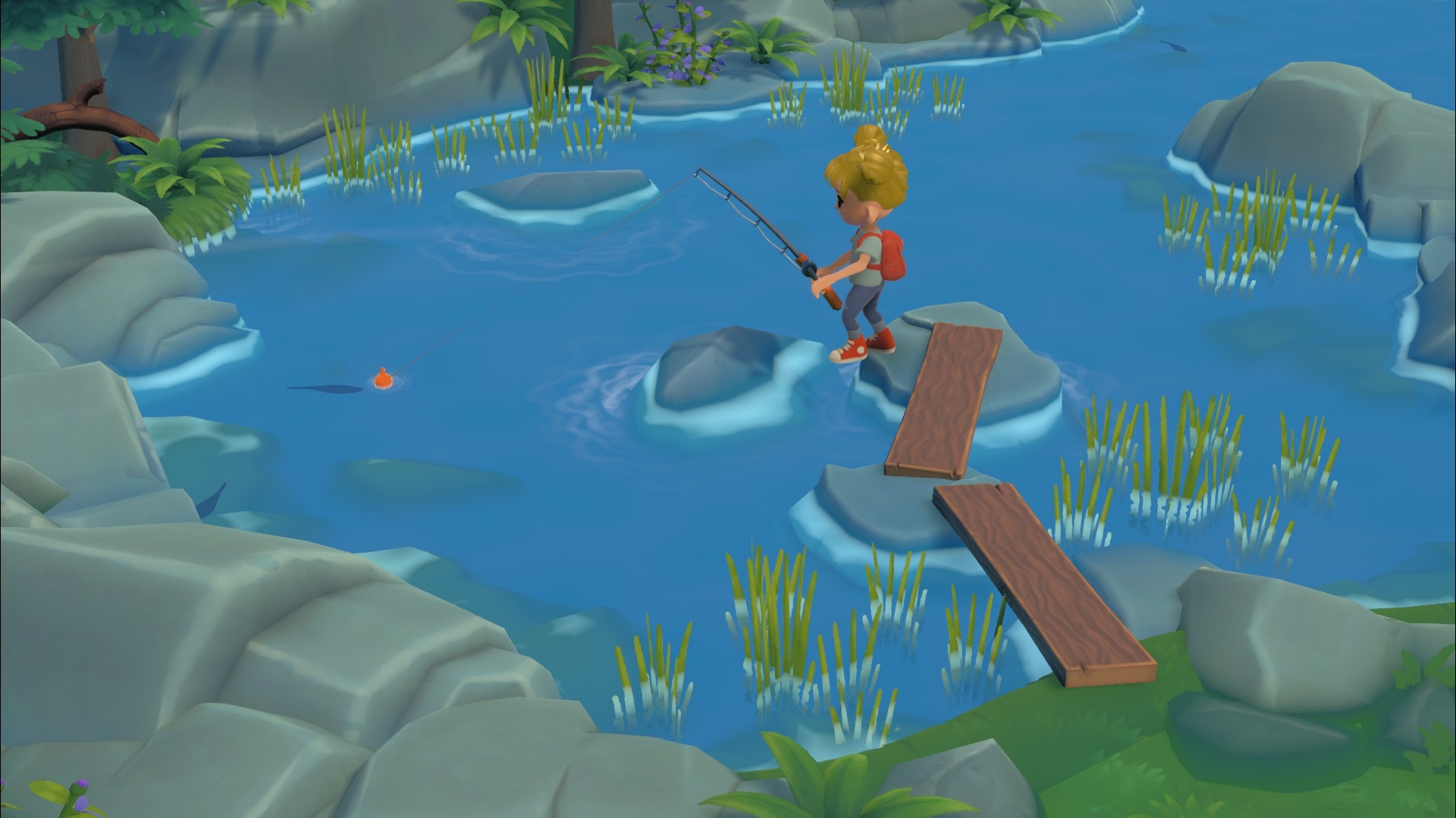
Writing about Hokko Life without comparing it to Animal Crossing is impossible. And it’s not just about the animal villagers (we’ve seen that in Garden Paws), there is no need to craft a variety of different things for a forgotten and barely existing town (there was in My Time At Portia), not in a cute-cartoonish universal style. It’s simple: Hokko Life is a pure “honestly stole it myself, no one helped me” (c) copy of Animal Crossing. You could say it’s from AliExpress. Who bought goods there? Do they look like the originals? Is the quality the same? That’s it.
Everything is copied. Just like in AC, we build houses where fluffy residents move in, complete simple tasks, buy trinkets from the shop (which even looks the same!), gradually new interesting creatures – sellers, dyers, designers – come to our modest town, new shops and centers open… For money, just like in AC, we catch insects on the lawn and fish in the local pond. We plant flowers, chop down trees (although there are only two types and no fruit trees), and break rocks with a pickaxe. You can dig up clay for crafting in the ground, and sand is obtained in the same way on the beach. Everything is familiar down to the last movement, like the road from home to the hot dog stand.
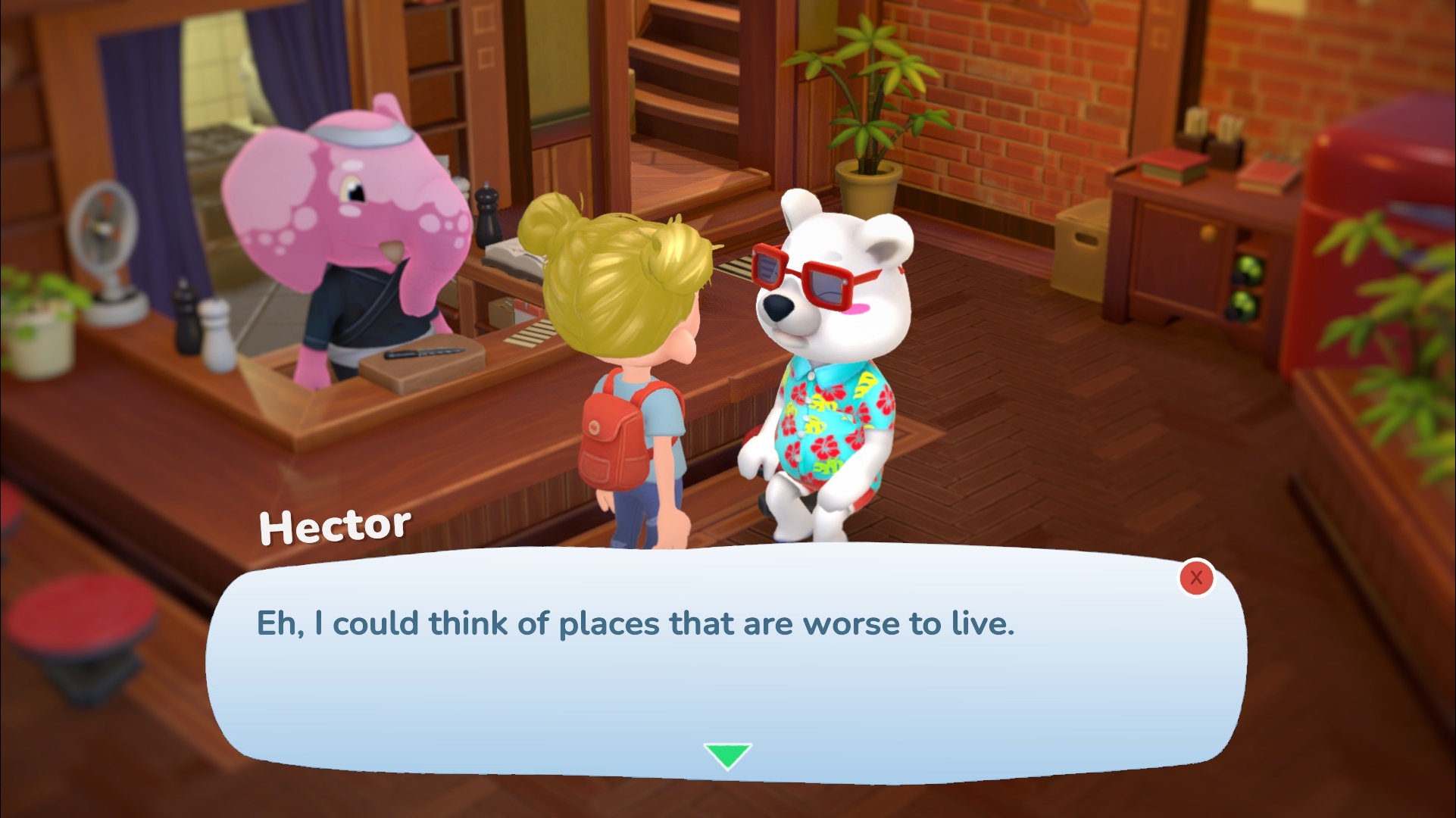
The differences are purely cosmetic. Instead of the burnt businessman-raccoon Tom Nook, the houses are sold by the realtor-pig Rosa. In the store, instead of the same harmful tanuki or his nephews behind the counter, there is a giraffe named Moss. Instead of the hedgehog tailors Sable and Mabel, a young goat named Laurus manages a boutique with fashionable clothes, and the beaver CJ, responsible for fishing, has been replaced by a bear named Derris. We craft not at a workbench, but in a workshop.
But the copied ears stick out everywhere: familiar round bushes, evenly green grass lawn, neat stones, a beach with a wooden pier, from which it is convenient to cast a fishing rod…
What else? Like in the… original, the “area of activity” given to the hero is initially limited – first by a river, then by a high hill. We will have to, just like you understand, build a bridge from available materials first, and then a ramp or stairs. Otherwise, it will be impossible to reach the far areas of the map. In the newly built houses ordered by Rosa, we need to place beds and lamps, which also need to be crafted; on the way to the pond, where you can catch fish, it is necessary to lay some kind of flooring over the abyss near the waterfall…
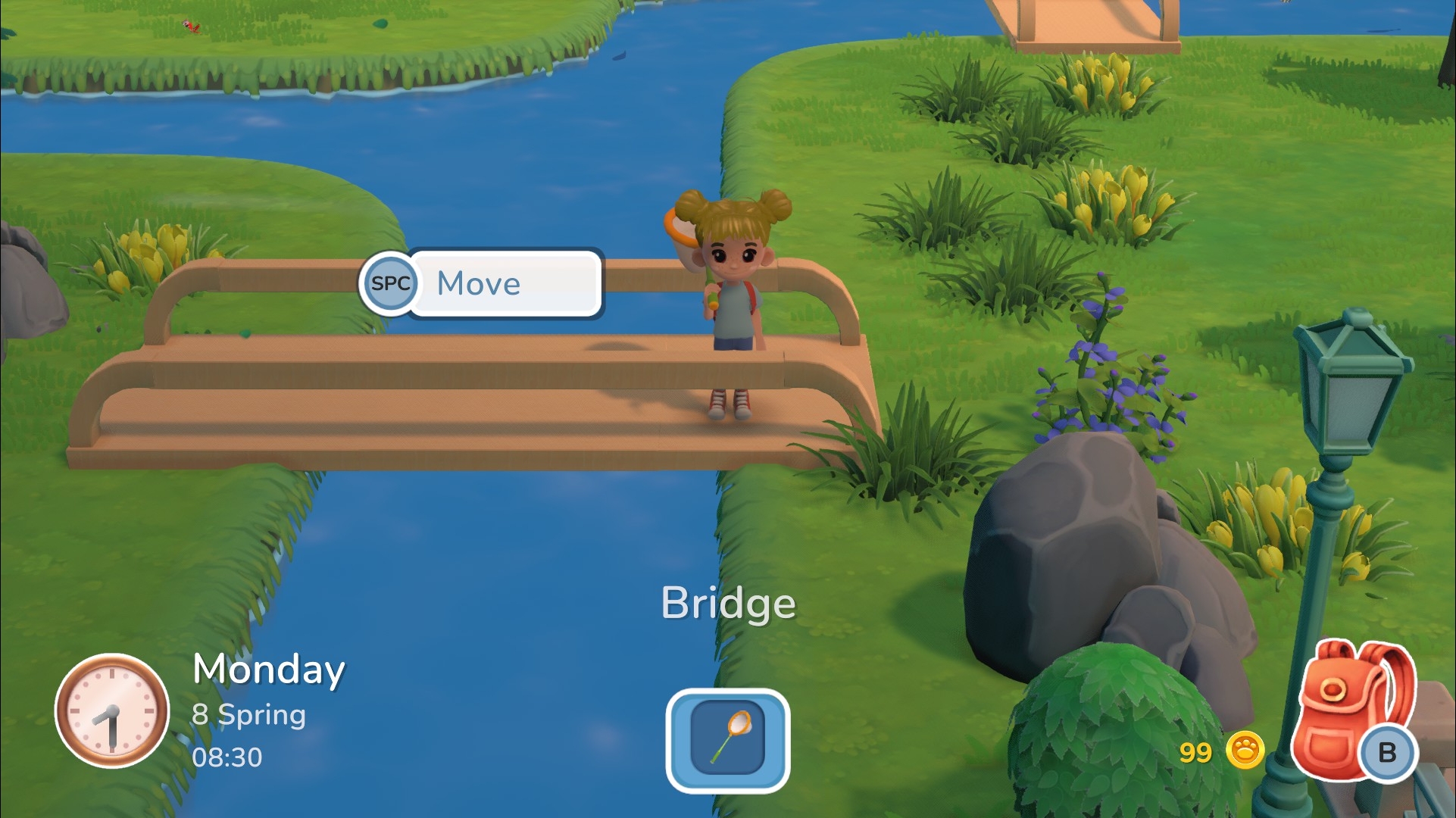
And here comes the only original aspect of the game. Really interesting.
Unlike AC, where we were offered a range of ready-made furniture that we could only paint in different colors, in Hokko Life, crafting “from scratch” is available using the available materials (planks, carved, figurative and ordinary, cone-sticks, logs, stones, bricks, fabric, glass, pillows). We choose what we want to create – a chair or a bed, a table or a bench; and then we have fun as we want. On the “table” there should be the possibility to put at least one item, on the “chair” it is desirable to sit even on the edge, and in a hurry, but to provide this, of course, there are a thousand ways, just look at the Ikea catalog. Even with the limited possibilities of Early Access, people are already having fun, making wooden bicycles, copper utensils, and pillow forts. Everything is made from the most basic “cubes”, spheres and hemispheres, decorative pieces, and rectangular boards. It turns out to be very interesting. Of course, all this is greatly limited in size, and no one will let you build a sand and cone palace on half a map. But if desired, you can build a thousand small palaces and fill the whole village with them!
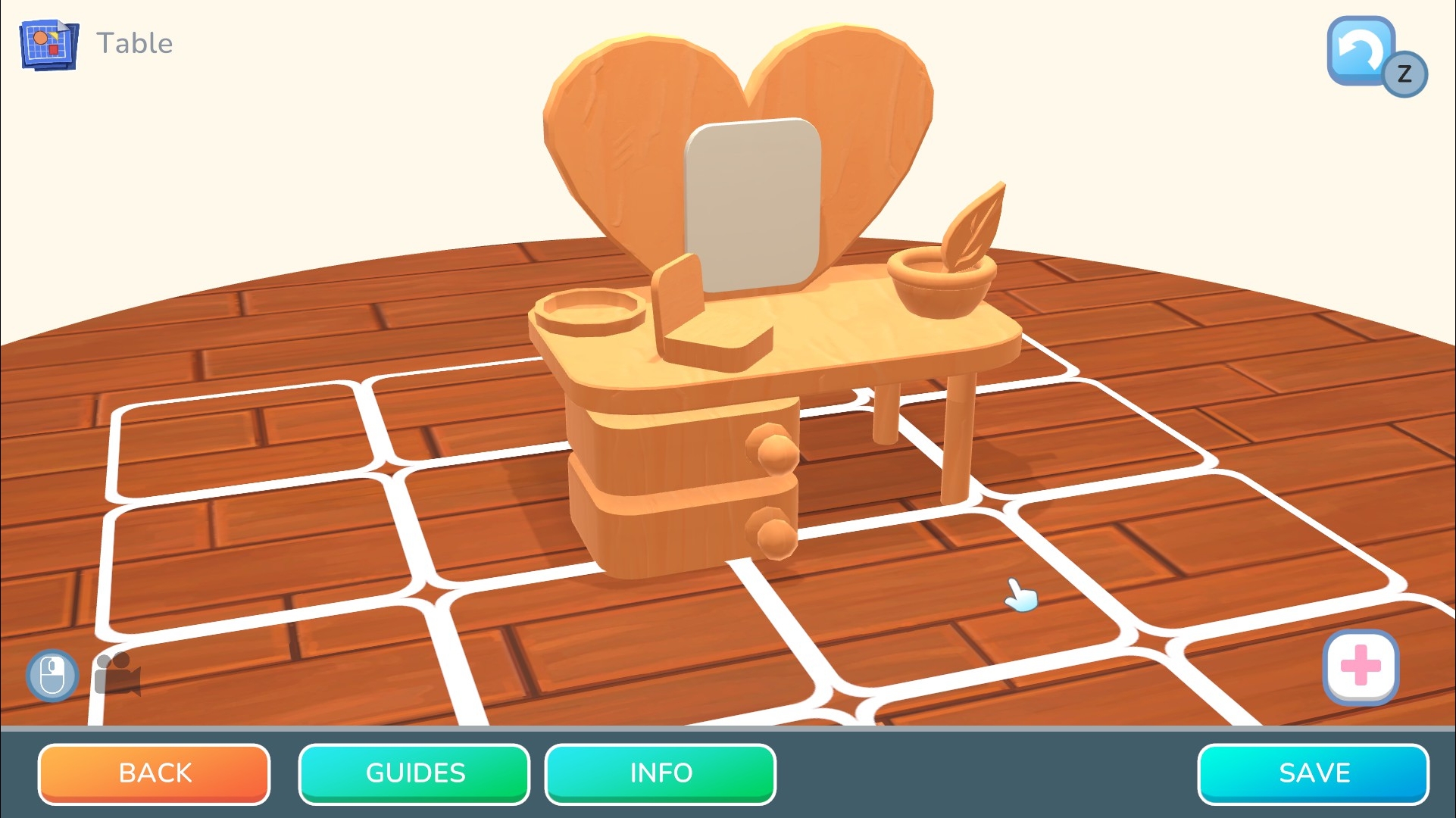
People who enjoy this kind of mini-3D design will be delighted. The craft puzzle may seem difficult at first, but after playing with it for about ten minutes, the editor becomes intuitive. (If only it didn’t crash every ten minutes! But what can you do – Early Access.)
The downside of this approach is that there is nothing ready for sale. Everything has to be made by yourself: beds, chairs, tables, shelves, desk lamps… Some furniture items, as well as non-standard things (like a drum set or a television), are sold in the store, and the assortment is updated daily – you can search there. But it is not possible to copy the store items in the editor to get, for example, two chairs from one purchased (or edit by adding armrests to the chair). The main items (and even non-main ones) still need to be crafted. Honestly, a certain basic set of furniture wouldn’t hurt – if you need a stool, going to the workshop again and attaching four legs to a square board is getting a bit boring. Of course, you can be a minimalist, slap a single log in the editor and voila – you can sit on it too! (But you want beauty…)

Another early access scam: the lack of any kind of storage, whether in the house, in a chest, or in a goblin bank. Everything has to be carried in the inventory, and for a crafting-based game, this means that there will never be enough space in the backpack. The developers promise to add some kind of safe for valuable paints, shells, and herbs in the next update, but for now – with a limited number of slots in the backpack – playing is quite difficult.
Progress in the game is very uneven: something unnecessary is unlocked quickly, while something plot-related (like a bomb to blow up a collapse in the mine) has to be waited for as a random reward for a quest. There is almost nothing to do in the process: you can catch fish and butterflies – but all the newly discovered fauna is not given to the museum, but simply marked in an abstract “sticker journal”; and the pay for hunting feats is low, but money is constantly needed for new houses and furniture. The only option is to steal furniture from neighbors (not lying) and take it to the store. You can also steal street lamps – and sell them too!
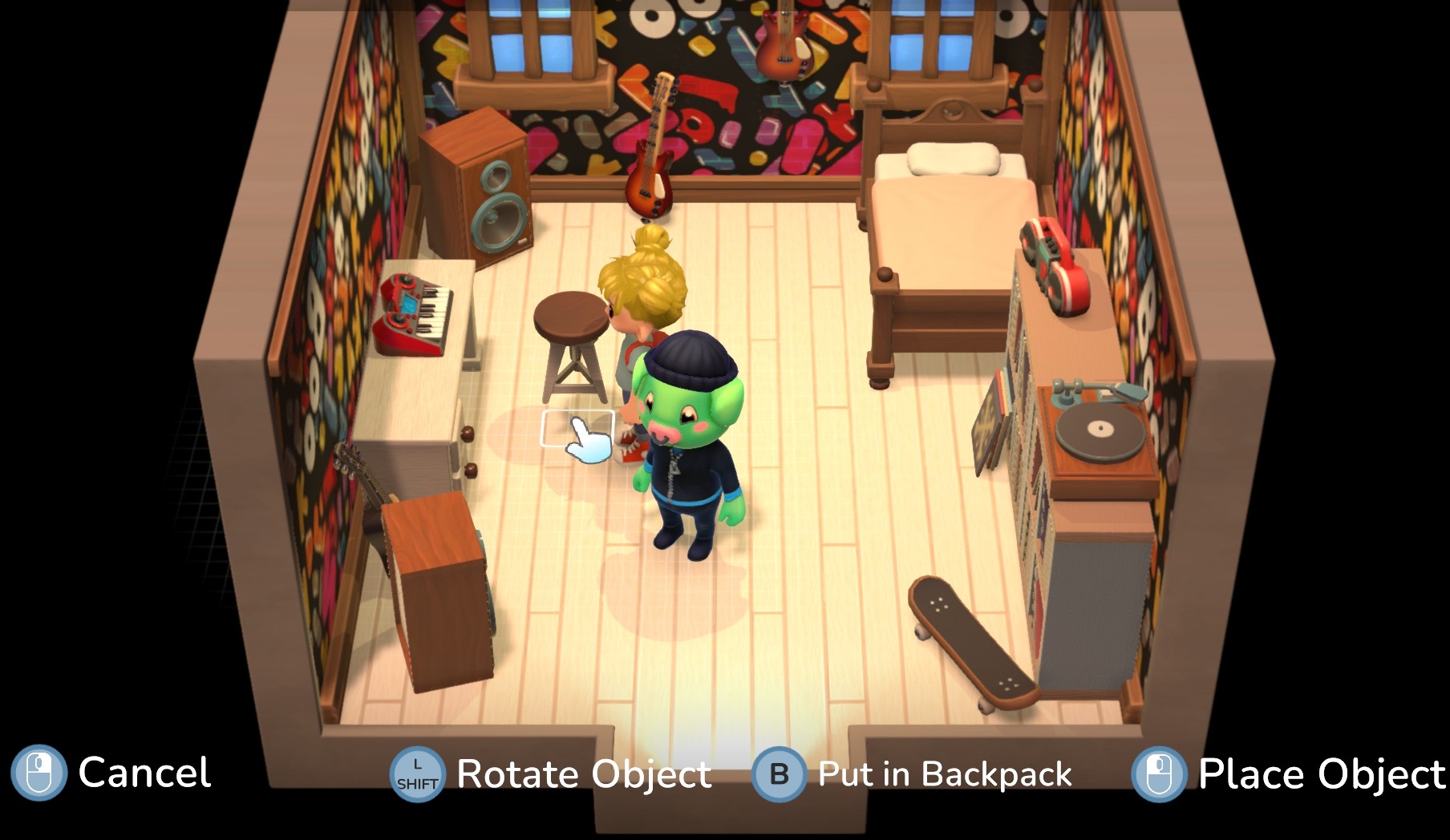
This is not Skyrim, the residents here don’t care, even if their bed is stolen right from under their noses. However, Early Access and its eternal bugs provide many other fun ways to earn money: for example, you can chop down a respawning tree near the workshop forever, craft beds from a single wooden plank, and then sell them for 100 coins each. Capitalism, ho!
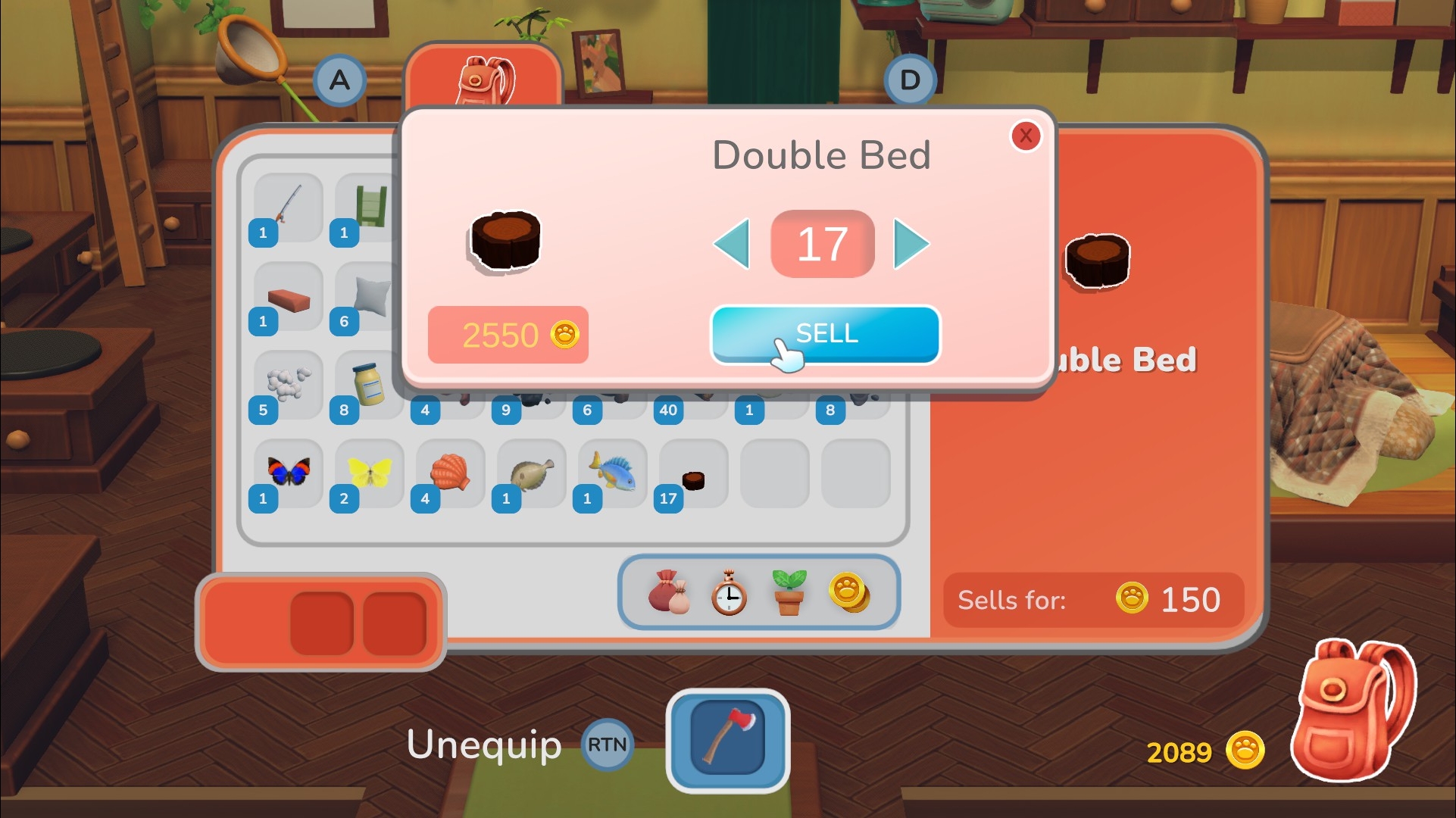
Overall, apart from the crafting system (which is well thought out, interesting, and just needs some polishing to be great), there is practically nothing original in the game. Good copying is the key to success, no one argues with that – and Genshin Impact confirms it with all its tentacles! – but copying also needs to be done smartly, adding something of your own and not removing what makes the original interesting. For example, the residents of Hokko Life practically have no unique personalities, repeating the same lines over and over again, so the choice of “who to settle in the new house” comes down to purely aesthetic reasons. And bugs. There are a lot of bugs, as mentioned before. Constant freezes, “English_string_missing” instead of item names. I managed to almost softlock the game a couple of times, making a river impassable with unsuccessful bridges that couldn’t be crossed or removed from the accessible shore. As a result, at this stage of early access, the game can only be recommended to those who avoid Nintendo Switch like fire and never plan to buy it to play Animal Crossing on this console.
(In my opinion, it’s better to download a GameCube or 3DS emulator and play any of the earlier games in the series, there is much more content there. Or play Animal Crossing Pocket Camp on mobile.)
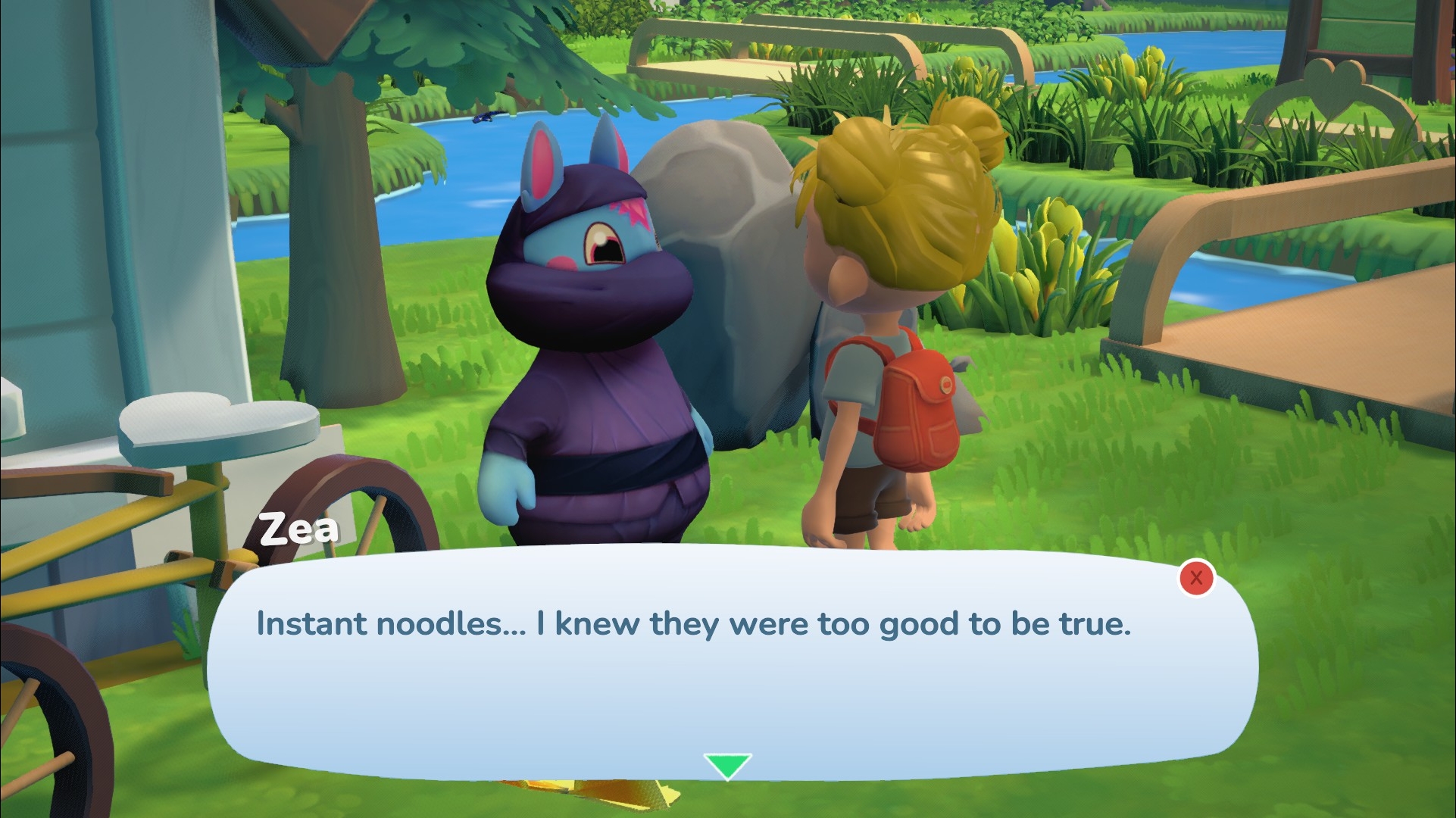
Perhaps, over time, Hokko Life will acquire some new features and be enriched with interesting, non-copied possibilities – we will see after it leaves Early Access. But for now, it’s just an AliExpress copy of the original, with its downsides but without obvious advantages and bonuses. Except for the crafting system, but it alone does not outweigh the many other problems.
Hokko Life was released on June 2, 2021, and the game is available for Windows and Mac OS.
Share
Discuss
More Reviews
